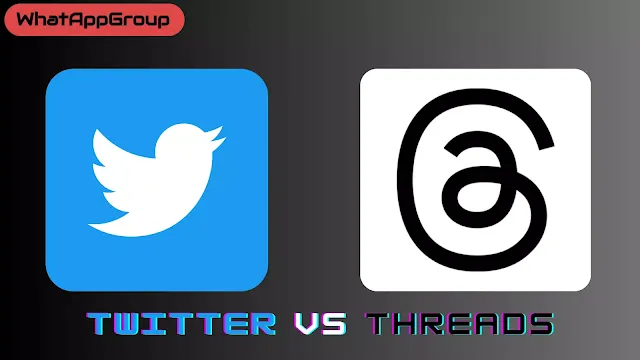Twitter vs Threads
In the ever-evolving landscape of social media, platforms continuously strive to offer the best user experience for content creation and consumption. When it comes to expressing thoughts, ideas, and opinions concisely yet impactfully, two popular features on Twitter come to mind: Twitter itself and the concept of threads. While both options provide unique ways to engage with content, they have distinct characteristics that make them suitable for different purposes. In this article, we delve into the battle of Twitter vs. threads and explore their respective strengths and weaknesses.
Twitter: The Power of Brevity
Twitter is a microblogging platform known for its 280-character limit per tweet. This limitation challenges users to be concise and to the point, encouraging them to distill their thoughts into bite-sized pieces of information. This brevity is one of Twitter's greatest strengths. It forces users to prioritize their message and can lead to more impactful content that resonates with a wide audience.
The fast-paced nature of Twitter, where tweets are rapidly shared and disseminated, also contributes to its appeal. Its real-time feed allows for quick updates on breaking news, trending topics, and live events. Users can engage in immediate conversations, making Twitter an ideal platform for real-time interactions and connecting with a large community. The platform's character limit also promotes creativity, as users find innovative ways to convey their messages within the constraints.
However, Twitter's character limit can also be a drawback. Sometimes, expressing complex ideas or providing comprehensive explanations within a limited space can be challenging. Additionally, due to the sheer volume of tweets generated every second, content can easily get buried in the fast-moving feed, making it difficult for users to maintain engagement and visibility over time.
Threads: Unfolding Narratives
Recognizing the limitations of the character limit, Twitter introduced the concept of threads, allowing users to connect multiple tweets to form a cohesive narrative. Threads provide an excellent solution for users who require more space to express their thoughts or share detailed information. By organizing a series of related tweets, users can provide a more comprehensive view of a topic, creating a continuous and easily digestible story for their audience.
Threads offer several advantages over standalone tweets. They enable users to maintain the attention of their followers by providing a complete context in one thread. This ensures that readers can follow the progression of the discussion without having to search for previous tweets or losing track of the conversation. Additionally, threads can be a powerful tool for storytelling, allowing users to build suspense or develop an argument in a structured manner.
However, threads also have their downsides. While they address the issue of character limitations, they can be time-consuming to create and read. Constructing a thread requires careful planning and execution to ensure a coherent and engaging narrative. Furthermore, longer threads may discourage some users from engaging, as they may not have the time or patience to read through an extended series of tweets. This can limit the potential reach and impact of threaded content.
Choosing the Right Approach
Deciding between Twitter and threads depends on the user's content, context, and objectives. For Twitter's character limit is ideal for quick updates, sharing brief thoughts, or engaging in real-time conversations Its brevity and speed make it suitable for capturing the attention of a wide audience and maximizing the potential for virality.
On the other hand, when users require more space to delve into complex topics, provide detailed explanations, or tell a compelling story, threads offer a better solution. Threads enable users to maintain engagement, provide a complete context, and present information in a structured manner. They are particularly useful for sharing tutorials, step-by-step guides, or in-depth analyses.
In the end, Twitter and threads are not mutually exclusive but rather complementary features within the platform. Users can leverage both options strategically based on their content requirements and desired engagement levels.
Conclusion
Twitter and threads represent two distinct approaches to content organization and expression. Twitter's brevity and real-time nature excel at capturing attention and fostering quick interactions, making it ideal for sharing concise thoughts and engaging with a large audience. On the other hand, threads provide a solution for users who require more space to express complex ideas or share detailed information in a structured manner. By understanding the strengths and weaknesses of each approach, users can make informed decisions on how to best communicate their message and achieve their desired goals on the platform.


